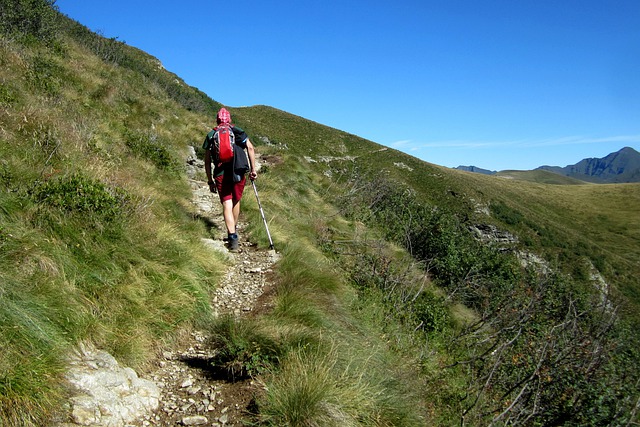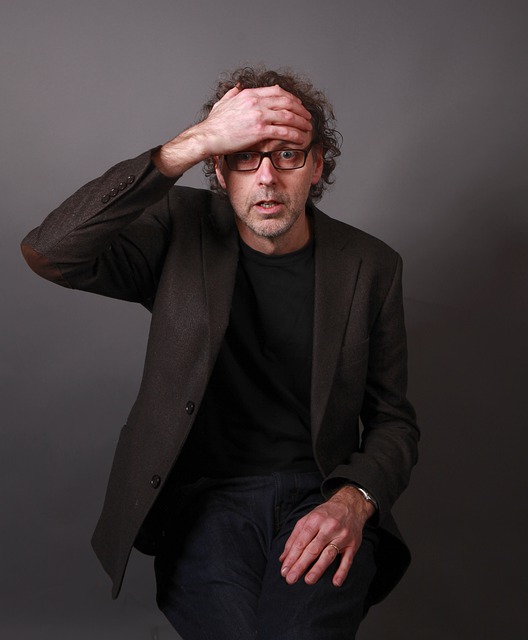In an earlier post, I discussed how playing tennis can develop mindfulness through building the capacity to pay attention in the present moment for the purpose of competing and being able to do so non-judgmentally (suspending self-criticism). The very act of managing making mistakes in tennis helps to develop acceptance of what is and to reduce negative self-evaluation. While tennis can help us to grow in mindfulness, using mindfulness practices on a regular basis develops our tennis performance. Hence, playing tennis and mindfulness are mutually reinforcing. I particularly noticed this mutual influence while watching some of the women’s matches during the US Open.
Being in the zone
Victoria Azarenka (unseeded) beat Elise Mertens (16th seed) 6-1, 6-0 in the US Open quarter-final round. She achieved this despite not having played in a quarter-final since the 2016 Australian Open (Victoria gave birth to her son Leo in December 2016 and took a 9 month break from tennis during a lengthy custody battle for her son). In her interview following the match with Elise, Victoria described how she saw the ball so large and with a bright yellow colour (she could even read the “US Open” imprint on the ball). She also commented on the fact that the ball seemed to always be where she needed in order to hit the shot she wanted to play (in reality, it is likely that she had moved to be in the right spot to play the ball). In the match, Victoria displayed heightened sensory perception, anticipation, and flexibility of movement.
The interviewer suggested that what Victoria was describing was known as “being in the zone” – an experience reported by many committed sports people such as car racing drivers and cricketers. Mindfulness can develop the capacity to be-in-the zone as it achieves increased integration of body, mind and emotions – an alignment necessary to achieve the “flow” of being-in-the-zone. Mindfulness practices such as yoga and Tai Chi can enhance sports performance and the likelihood of being-the-zone by developing bodily awareness, focused intention, groundedness and balance.
Finding the calm mind
Victoria lost 6-1 in the first set of the semi-final against Serena Williams who was determined to assert her ascendency as early as possible and to keep the rallies short (she had played four tough three-set matches leading up to this match). However, Victoria went on to win the next two sets 6-3, 6-3. When asked on interview how she went on to win after such a devastating start to the match, Victoria commented that Serena had dug her “in a big hole” and she had to “climb her way out”.
She was able to do this because of the work she had been doing “to find the calm mind”. She explained that she had learned to change her mindset from that of victim always seeking to ask why bad things were happening to her. She stated that she recognised that she was responsible for what she did and how she reacted to situations and this had enabled her to “become a better person”. Previously, Victoria had been noted for her on-court emotional outbursts that impeded her performance and progress as a professional tennis player. During Serena’s lengthy injury break at a critical time in the match, Victoria was able to close her eyes and go inside herself and draw on her inner strength.
Mindfulness builds calmness and tranquility even in challenging times, develops self-awareness and helps us overcome negative self-evaluations. It enables us to realise that there is a space between stimulus and response and that we have a choice in how we react to negative stimuli or testing situations. Sharon Salzberg maintains that mindfulness develops wisdom in multiple ways including accepting what is beyond your control, managing your emotions and response and appreciating moments of wellness and joy. Over the course of the US Open matches, Victoria frequently expressed her freedom from expectations and sheer joy at being able to participate in the competition and to play champions of Serena’s calibre.
Body awareness and movement
At the start of the second set in her semi-final, Victoria began energetically bopping up and down. During an interview following the match, she was asked what she was thinking when she “started to bop around at the baseline”. Victoria explained that she was conscious of her need to bring her energy level up and movement was her way of doing that. She was also able to tap into the fact that she started each day with a smile on her face and spent time on self-care to “focus her attention and energy”.
Processes such as body scan meditation can build body awareness, identify energy blocks, and provide a way to release tensions and the aftermath of traumas. Mindful movement through yoga or Tai Chi can serve to build the mind-body connection and activate the body’s energy flow.
Reflection
Christian Straka, former tennis coach for Victoria Azarenka, is also a mindfulness facilitator with UCLA’s Mindfulness Awareness Research Center (MARC). He has created a specialized approach to mindset training by developing methodologies that apply “evidence-based mindfulness techniques in sports”.
Many sportspeople consciously develop mindfulness to enhance their sports performance. As we grow in mindfulness, we can access multiple benefits that facilitate achievement of high-performance levels in sports, as well as in our work and everyday life. As with the pursuit of any competence, these benefits are more extensive and sustainable with regular practice.
___________________________________
Image by Tomislav Jakupec from Pixabay
By Ron Passfield – Copyright (Creative Commons license, Attribution–Non Commercial–No Derivatives)
Disclosure: If you purchase a product through this site, I may earn a commission which will help to pay for the site, the associated Meetup group and the resources to support the blog.









